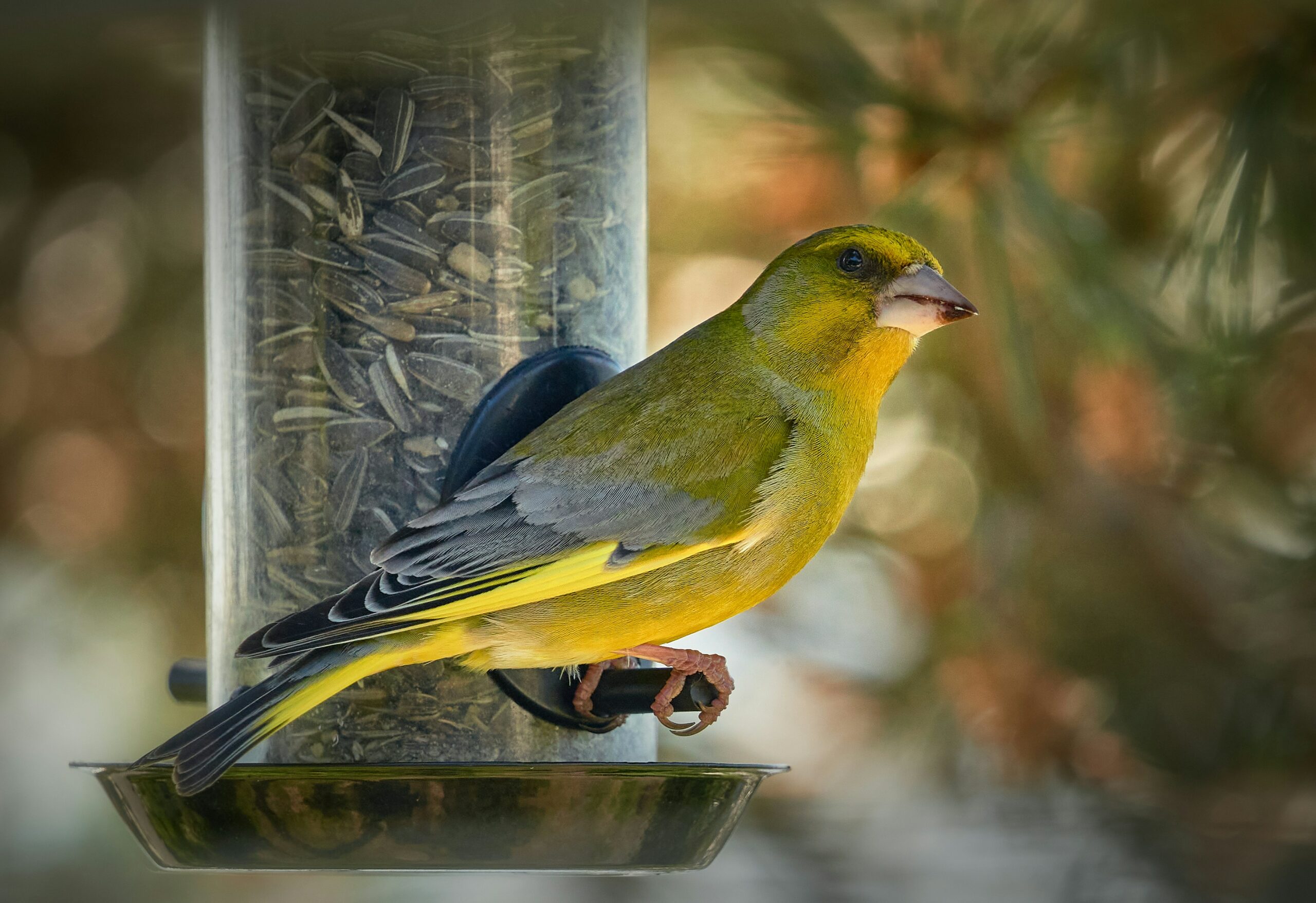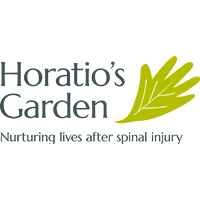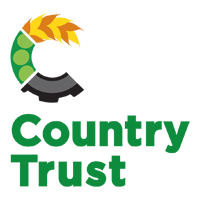Trichomonosis: Are our bird feeders up to scratch?

Garden writer and editor of thedirt.news Petra Hoyer Millar asks could our feeding of wild birds be aiding the spread of trichomonosis which has caused rapid decline of the British Greenfinch population and poses a threat to other beloved garden birds? And shares what we can do to help prevent the spread.
Alarmingly, research increasingly seems to suggests (see the full report on trichomonosis) that our current methods, devices and habits of bird feeding may be exacerbating the spread of the fatal disease trichomonosis. Undoubtedly, this will cause some debate as many of the current bird feeders on the market and in use, may be potentially increasing the risk of transmission.
Trichomonosis is caused by the protozoan parasite Trichomonas gallinae which causes pathologic lesions in the upper digestive tract of the birds, blocking the oesophageal lumen (Stabler 1954). This makes it difficult for them to breathe and swallow, causing the birds to regurgitate food and/or water. Birds suffer from lethargy, often seen with fluffed-up plumage, with some having wet plumage around the bill from drooling saliva or regurgitating food they cannot swallow. The disease may progress over several days or even weeks, killing the weakened bird from starvation or predation.
Finch trichomonosis occurs year round, but according to the Garden Wildlife Health Project (GWH), June to September have been observed to be the peak months for this condition – requiring extra care and vigilance at this time.
As the research suggests, transmission risk is elevated due to the increased contact between birds at feeders and contamination of the feed or feeders with infectious organisms. Discarded/regurgitated bird seed from an infected bird can quickly infect healthy birds coming into contact/eating it – as long as the parasite can survive and/or replicate in the food or water. According to R.W. Gerhold, Jr., DVM, PhD, MSVet (MSD Manual), the parasite has been shown to survive for at least 2 hours – potentially up to 24 hours in distilled water. That means that despite the fact that the parasite is unable to survive for long periods outside of its host, there is still a high probability and risk of pathogen transmission in both seed and water.
Bird feeders where birds are able to sit, walk on the seeds, or allow access to pigeons or doves, adds to the risk of (faecal) contamination. Even though current transmission is thought to be mostly finch to finch, it is also presumed that the spread of the parasite between finches and pigeons or doves, may also still occur. Suggesting therefore, that we should avoid using any form of ‘tray’ feeders such as window feeders, ground feeding trays and/or bird tables.
Here’s how you can help:
- hygiene is crucial
- ditch feeders made from porous materials and opt instead for those that are conducive to effective cleaning and disinfecting, such as plastic
- bird baths can quickly become contaminated and should be regularly emptied, disinfected, rinsed and refilled with fresh, clean water
- bird feeders, should be regularly emptied, cleaned and disinfected to prevent contamination of the food – weekly if possible
- limit food to small feeders/volumes to discourage large crowds of birds
- only allows birds limited access to the food supply – ideally from a perch
- use feeders designed to ensure the seed is not exposed to rain
- make sure feeders are not accessible to pigeons or doves
- ideally, use species specific food to avoid cross-species contamination
- preferably don’t provide feed to birds during the peak observed months, June to September (or if you do, be hyper vigilant)
For more on the subject read the full article here


















